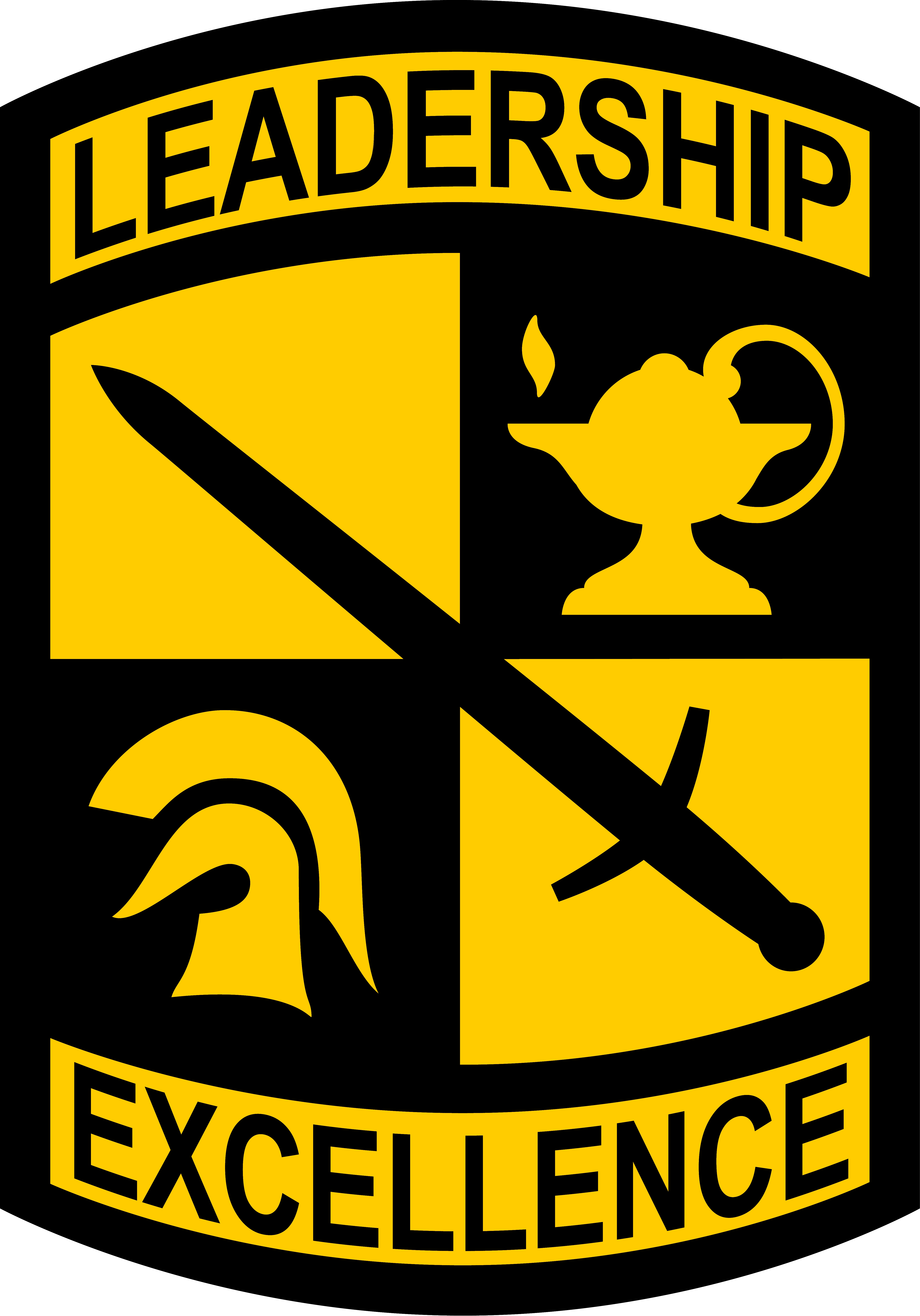As Cadets of 10th Regiment, Advanced Camp, advanced their way through Cadet Summer Training (CST), they quickly realized the importance of teamwork, focus, and utilizing tools around you during the Field Training Exercises (FTX) I: Panther.
“At least in Wolverine phase, we had a lot of issues with us not using individual movement techniques, not using face paint or using foliage,” Cadet David Jeffe, from the University of Chicago, noted as the reasoning behind his platoon being spotted by the enemy. “So, it’s important to be camouflaged so that the enemy doesn’t detect you. We have all of our foliage in. We have proper face paint on as well.”

Jeffe explained further that noticing the tiny details in how you ensure your team is conducting the mission in the best and most successful way possible is what will lead the platoon to complete their missions in FTX I: Panther. This included the detailed planning of communication while being close to the enemy. Jeffe was part of the team with eyes on the enemy, making communication between the rest of the team vital to the mission.
“We can radio to the reconnaissance teams if the enemy has clearly seen them, reacted to them, turned around because they heard movement, a stick breaking. And for accountability, just constant radio checks.” Jeffe said.
The growth and focus these Cadets have gained throughout CST, 2022, did not go unnoticed by the leaders in charge of Jeffe’s platoon. 1st Lt. Gabriel Price, from San Diego State University, reflected how the platoon prepared themselves for Panther and in the future FTX II: Grizzly.
“They really care, and they’re trying to do the right thing,” Price said. “This group right now has done a great job with giving out engagement, disengagement criteria, what they’re looking for, things like that.”

Apart from learning from their mistakes, Price believed the platoon equipped themselves with tools before starting the FTXs. The Ranger Handbook, aside being a required packing item for cadets attending CST, was the first tool Price recommended for Cadets to prepare themselves out in the field.
“Everything is in the Ranger Handbook, luckily, and so if they just follow those steps they’re there to be successful,” Price said, along with natural tools Cadets can utilize in a training area. “Something they should have an actual tool is using what you have available. If you have binoculars, if you have radios at work, make sure that people who need radios have them, and use information that you gain from people who’ve done it before.”
With training quickly coming to an end for both the platoon and the leaders in charge, Price looked forward to seeing how CST developed his own Cadets back at home.
“I’m excited talking about their experience here and what they learned and how to better their program,” Price said. “CST was a great experience. I came here five years ago, and it’s changed since I’ve been here. It’s good to actually get feet on the ground, understanding what CST is looking for and then have those MS4s now make those plans.”

